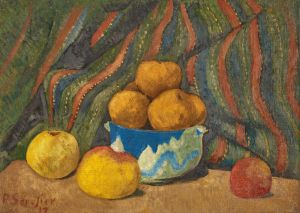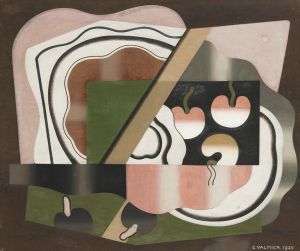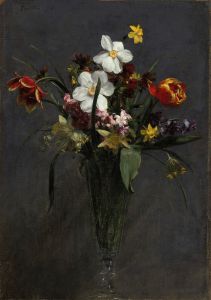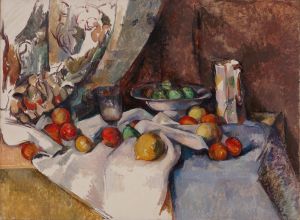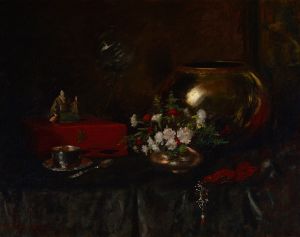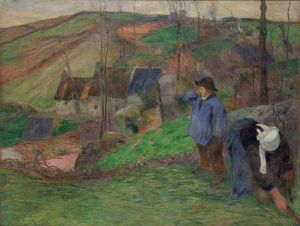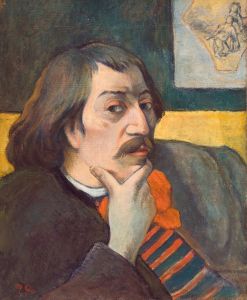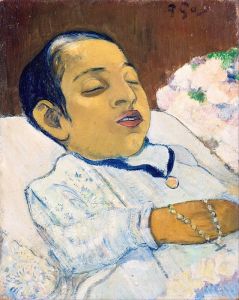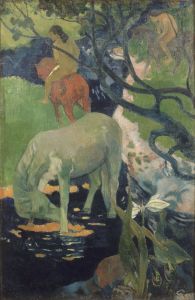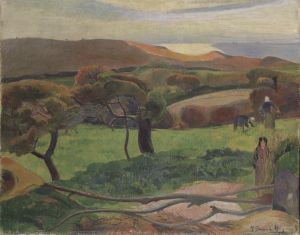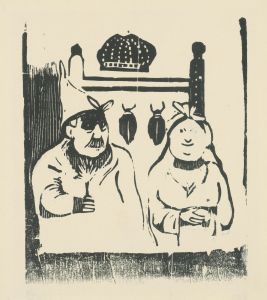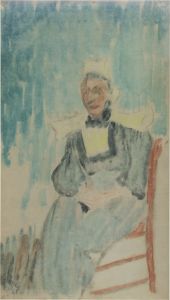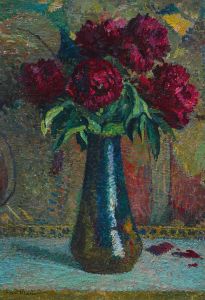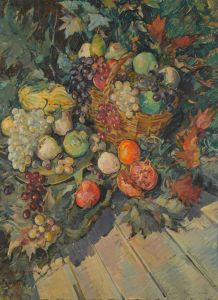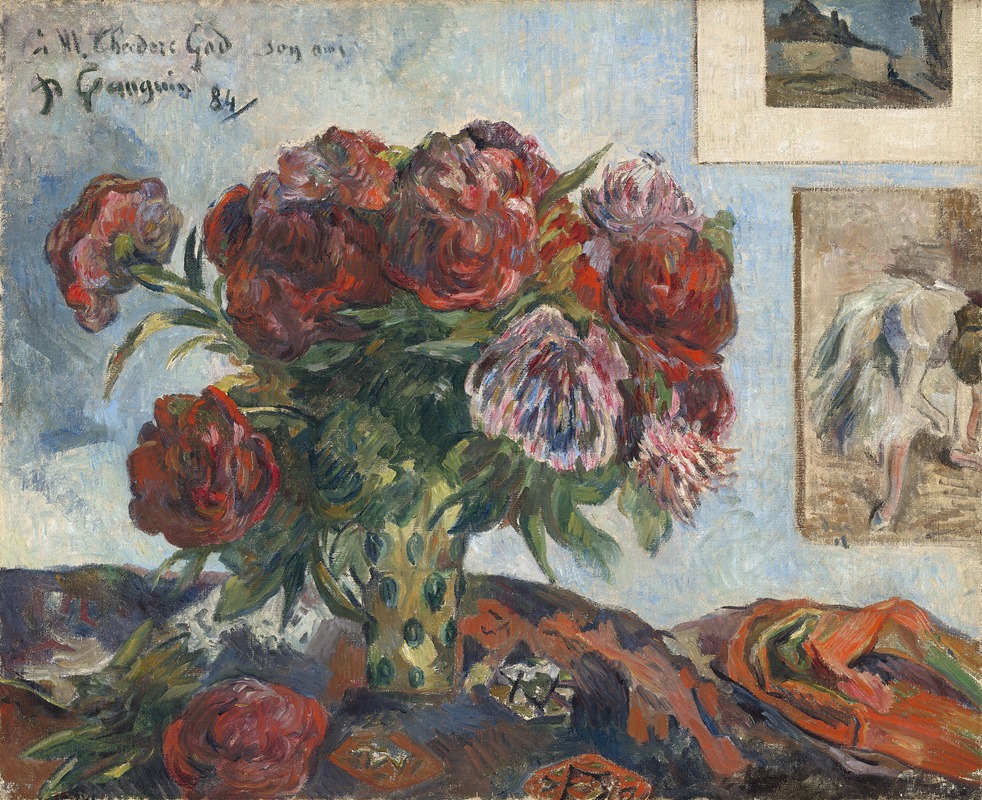
Still Life with Peonies
A hand-painted replica of Paul Gauguin’s masterpiece Still Life with Peonies, meticulously crafted by professional artists to capture the true essence of the original. Each piece is created with museum-quality canvas and rare mineral pigments, carefully painted by experienced artists with delicate brushstrokes and rich, layered colors to perfectly recreate the texture of the original artwork. Unlike machine-printed reproductions, this hand-painted version brings the painting to life, infused with the artist’s emotions and skill in every stroke. Whether for personal collection or home decoration, it instantly elevates the artistic atmosphere of any space.
"Still Life with Peonies" is a painting by the French Post-Impressionist artist Paul Gauguin. Created in 1884, this work is an example of Gauguin's early exploration of still life as a genre, before he became widely known for his later works inspired by his travels to Tahiti.
Paul Gauguin (1848-1903) was a leading figure in the Symbolist movement and is renowned for his bold use of color and synthetist style that were influential to modern art. Before fully committing to his artistic career, Gauguin worked as a stockbroker and painted in his spare time. His early works, including "Still Life with Peonies," reflect his initial experimentation with form and color, influenced by the Impressionists, particularly Camille Pissarro, with whom he had a close relationship.
"Still Life with Peonies" depicts a bouquet of peonies arranged in a vase, set against a simple background. The composition is characterized by its vibrant colors and the delicate rendering of the flowers, showcasing Gauguin's skill in capturing the beauty and texture of the peonies. The painting demonstrates his interest in the interplay of light and shadow, as well as his ability to convey a sense of depth and dimension within the still life format.
During the time "Still Life with Peonies" was painted, Gauguin was living in Rouen, France, and was actively participating in the Impressionist exhibitions. This period was crucial for his development as an artist, as he was transitioning from his amateur status to becoming a professional painter. The influence of the Impressionists is evident in the loose brushwork and the emphasis on capturing the fleeting effects of light.
The painting is also significant because it marks a period of personal and artistic growth for Gauguin. He was beginning to move away from the traditional techniques he had learned and was starting to develop his unique style that would later define his most famous works. "Still Life with Peonies" is a testament to his evolving artistic vision and his quest for new ways to express his creativity.
Today, "Still Life with Peonies" is held in a private collection, and it is less frequently discussed compared to Gauguin's later works. However, it remains an important piece in understanding the early stages of his career and the development of his artistic techniques. The painting provides insight into Gauguin's early influences and his journey towards becoming one of the most influential artists of the late 19th and early 20th centuries.
In summary, "Still Life with Peonies" by Paul Gauguin is a notable work from his early career, reflecting his initial forays into still life painting and his experimentation with color and form. It offers a glimpse into the formative years of an artist who would go on to leave a lasting impact on the world of art.





